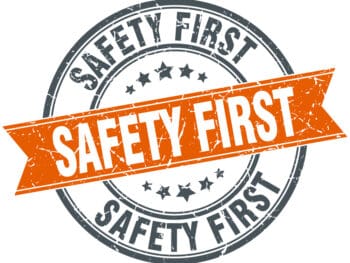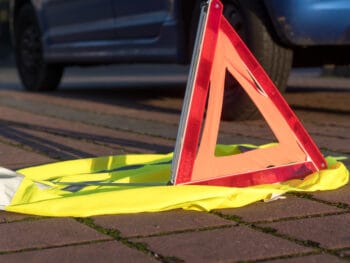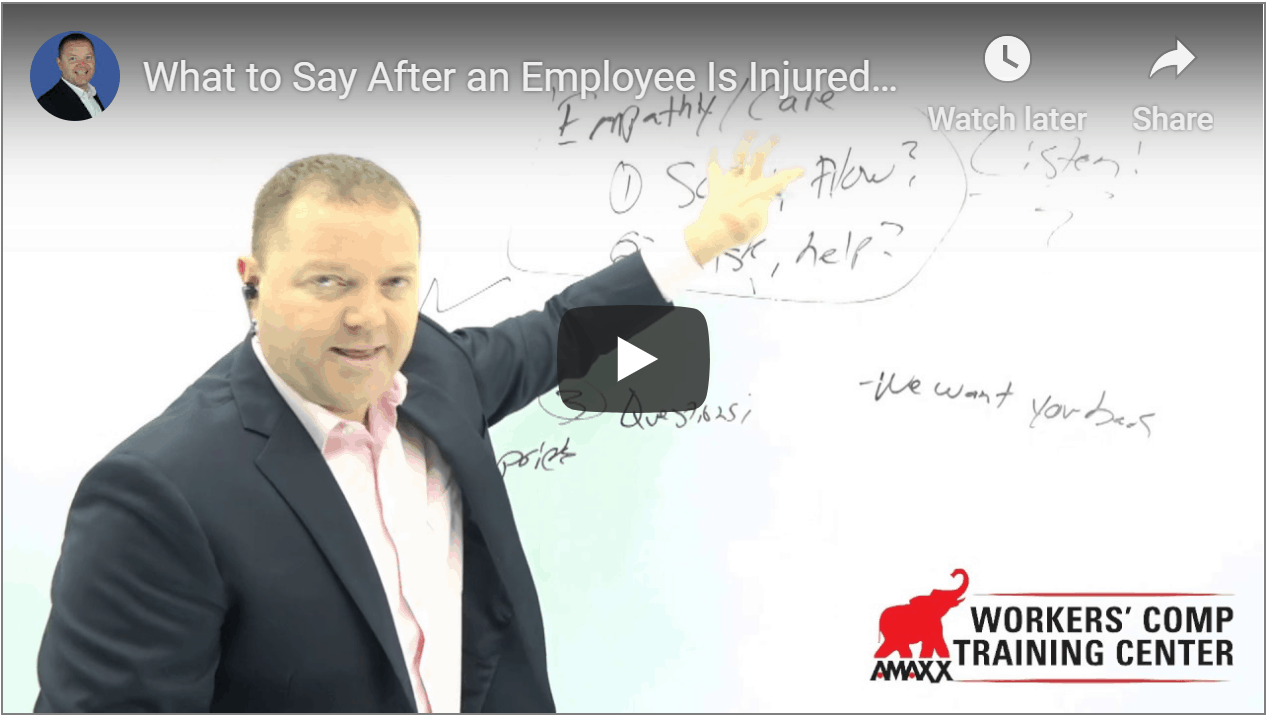
Taking the First Step: Hazard Identification
Safety concerns and hazards can be found in all types of workplaces. The safety manager will recognize many, but even safety professionals do not recognize all hazards. The loss runs produced by your insurer or third-party administrator is an excellent source to identify hazards that you might not think about and overlook. All company personnel should be encouraged to report any hazards they identify that have not been addressed by the safety manager. There are various types of hazards including:
- Physical hazards: Machinery without guards, tow motors without back up sound warnings, inventory stacked haphazardly or too high, tools or equipment left where an employee could trip, etc.
- Ergonomic hazards: Equipment or machinery placed incorrectly whether too high, too low, out of comfortable reach; processes that require the employee to twist back and forth; or that cause constant repetitive motions by the employee.
Click Link to Access Free PDF Download
“4-Step Sequence For Effective Employee Screening, Hiring, & Placement”
- Chemical hazards: Improper ventilation, vapors from chemical processes, improper use of combustible materials.
- Biological hazards: In the medical field, the improper disposal of needles and medical waste.
Taking Responsibility for Safety Issues
Every employer should treat safety as their responsibility and engage all employees in the process.
- The employer should go a step further and hold the department supervisor or manager responsible for identifying the hazards within their work area.
- The department manager should be given the authority to take the necessary actions to eliminate the hazards within the area of responsibility.
The next step in a safe workplace needs to be taken by management in eliminating the identified issues. The department manager must follow through and create an action plan to deal with the hazard. Some hazards can be fixed rather easily. For example, an action plan for the haphazard stacked inventory – unstack the inventory and stack it correctly. Other hazards will take planning and resources. This includes issues such as worn-out conveyor belt that poses a snag hazard for the employees. The hazard needs to be reviewed with the safety manager, and a plan to remove the hazard needs to become an immediate priority.
Implementing Safety In your Workplace
Whatever the nature of the hazard, once it is identified, timely, and appropriate action to remove the hazard is required. When a course of action can be implemented immediately, it should be. When the course of action has several steps, the implementation should be scheduled with a completion date set for each step to be implemented. The implementation and completion of the necessary course of action will reduce the risk of injury to the employees and reduce the company’s exposure to financial loss.
Removal or remediation of safety hazards require the following:
- Use of financial resources;
- Management taking necessary action to provide resources; and
- Employees themselves will place a higher priority on safety.
Every action regarding workplace safety also required follow-up, refinement, and improvement. When a hazard is identified within one location within the company, the safety manager should check to see if the same hazard exists at other locations within the company. When the hazard exists at multiple locations, the hazard should be identified to all employees. The action plan and implementation of the action to remove the hazard should be completed.
The process of implementing a safety plan requires the creation of a list of potential hazards. This can be very helpful in the elimination of future hazards. The list of hazards can become the foundation of a safety inspection checklist:
- Review of housekeeping policies to ensure slips and slippery surfaces receive immediate attention;
- Proper instruction on handling large objects and heavier items that need to be moved;
- Proper storage of all materials, especially chemicals and corrosive substances; and
- Instruction of self-aid/first-aid and reporting workplace injuries.
Conclusions
A safety action plan is not a one-time occurrence, but an on-going process to prevent new hazards from developing and to prevent old hazards from returning. By having a safety action plan, you can reduce both your physical losses and your cost of workers’ compensation.

Author Michael Stack, CEO Amaxx LLC. He is an expert in workers’ compensation cost containment systems and helps employers reduce their workers’ comp costs by 20% to 50%. He works as a consultant to large and mid-market clients, is a co-author of Your Ultimate Guide To Mastering Workers Comp Costs, a comprehensive step-by-step manual of cost containment strategies based on hands-on field experience, and is founder & lead trainer of Amaxx Workers’ Comp Training Center .
Contact: mstack@reduceyourworkerscomp.com.
Workers’ Comp Roundup Blog: https://blog.reduceyourworkerscomp.com/
©2019 Amaxx LLC. All rights reserved under International Copyright Law.
Do not use this information without independent verification. All state laws vary. You should consult with your insurance broker, attorney, or qualified professional.











